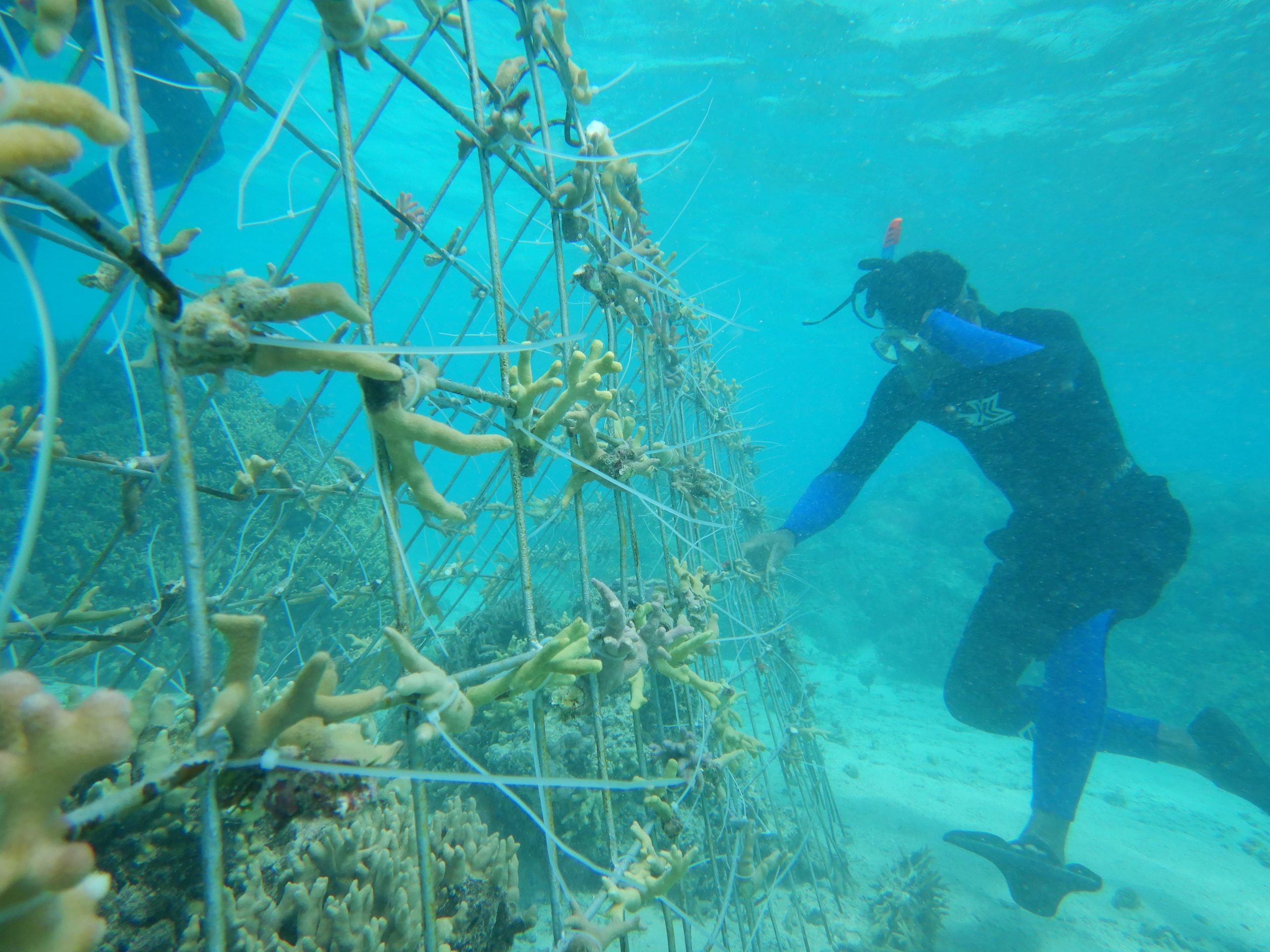
Fiji Lau Seascape and Cook Islands
The Bose Vanua o Lau in Fiji and the House of Ariki in the Cook Islands work together through ICI to advance Indigenous Peoples’ goals for sustain...
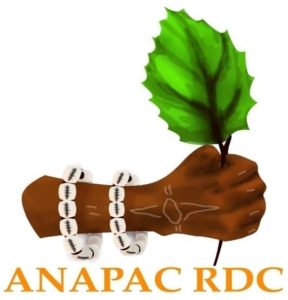
In DR Congo, ANAPAC will work with Indigenous Peoples in Aboriginal and Community Heritage Areas and Territories to highlight their belief and value systems, natural resource management knowledge and skills, and peacekeeping and community stability systems to strengthen, enhance, and secure the areas and territories that they conserve.
Under this initiative, ICI aims to improve the management of 220,715 hectares in DR Congo, engaging 15,000 direct project stakeholders.
Hold local community workshops marked by the free prior and informed consent of the communities, field visits, participatory mapping, documentation
Collect biological and socio-economic data and sounds and images to produce audiovisual documents for the general national and international public and for the legislative and decision-making bodies of the DRC
Engage the institutions of Indigenous Peoples and local communities that are related to the identified ACPAs
Analyze how the communities govern and manage these ACPAs, identifying their belief and value systems, knowledge, skills, rules for natural resource use, monitoring, defense, peacekeeping and community stability systems
Use APAC Consortium’s Autonomous Reinforcement Process (ARP) tool in each APAC to give communities the opportunity to make their own findings and develop their own analysis and activity planning
Facilitate discussions with communities to highlight assets and challenges related to the management and sustainability of ACPA
Identify the types of support, both legal and socio-economic, that are appropriate and effective to strengthen the sustainability of ACPAs
Engage legal organizations with the most directly interested actors, i.e., the institutions of Indigenous peoples and local communities in the country, as well as allies and other stakeholders in nature conservation in the DRC
Develop “appropriate” and desirable options based on several criteria and perspectives
Organize advocacy meetings at all levels to present results of APACs identified in the 3 bio-cultural landscapes and options for their legal recognition Engage international institutions at the highest technical level (CBD Secretariat, IUCN Global Programme on Protected Areas, UNEP WCMC) Collect data necessary for the inscription, in UNEP WCMC’s international APAC register, of several APACs identified in the three bio-cultural landscapes Produce films to show on Congolese television, produce press articles and radio programmes
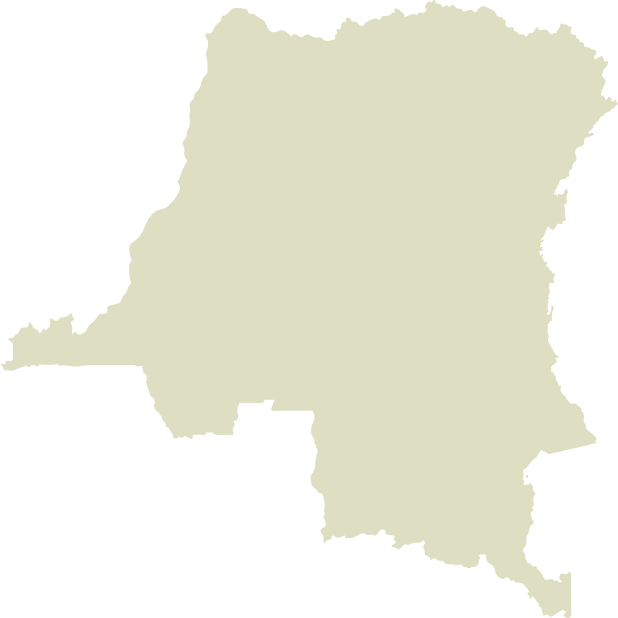
DR Congo
661,931
66,015
Global Biodiversity Hotspots and High Biodiversity Wilderness Areas:
Congo Basin
Key Biodiversity Areas:
Irangi Forest; Kahuzi-Biega National Park; Forests west of Lake Edward
Important Bird Areas:
Mount Kenya; Aberdare Mountains
Ramsar sites:
Tumba –Ngiri- Maindombe (Equateur, Maindombe, Sud Ubangi- Mongala)
World Heritage Sites:
Parc National de la Salonga; Parc National de Kahuzi Biega
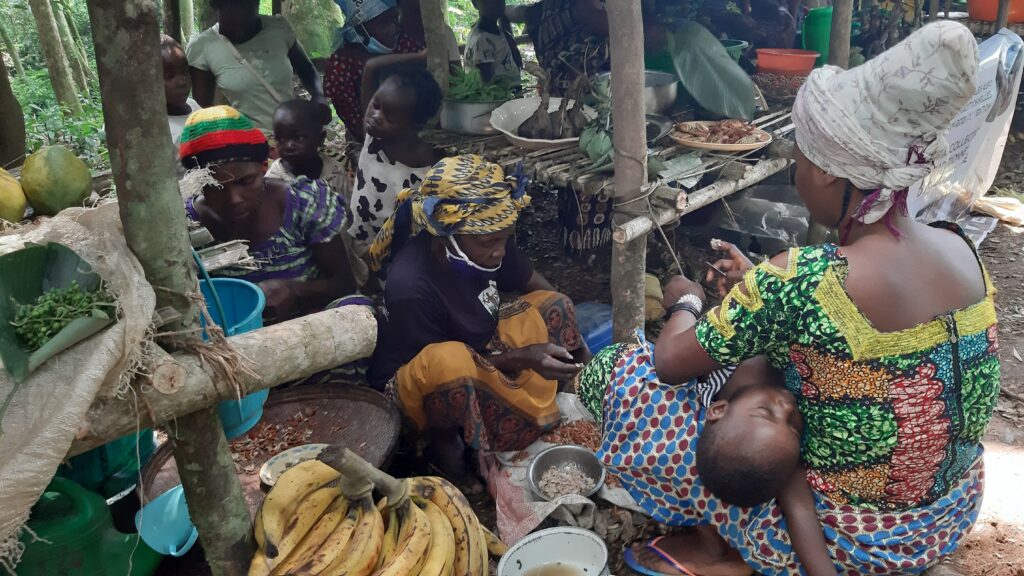
<1%
31
DRC is one of the world’s megadiverse countries, with high levels of endemism, freshwater, and forest resources. The project geography spans 3 biocultural landscapes of the Democratic Republic of Congo, each characterized by different biodiversity and cultural contexts. The three landscapes are in Eastern DRC, in Central DRC and in Western DRC. The project area in Eastern DRC falls within the Eastern Afromontane Biodiversity Hotspot, which is spread over a million square kilometers, and provides vast ecosystem services and a habitat to over 100 endemic mammal species, among others. There are several large KBAs outside of/or partially within Protected Areas (PAs) found in the East and Center of the country; and include: Kokolopori, Marungu highlands, Itombwe Mountains, and Lake Kivu catchment. The proposed project intersects with several of the KBAs that have been highlighted as top priorities in DRC based on relative biological importance.
Indigenous Peoples make up around 3% of DRC’s population and include nomadic or semi-nomadic hunter-gatherers and people who have settled and are farming or engaged in other commercial activities. Forest-dwelling communities are heavily reliant on natural resources for survival, but growing pressure on fragile ecosystems is increasing food insecurity and deepening poverty among these vulnerable communities. The DRC’s legal framework currently provides limited grounds for the recognition of IP and LC control over forests through community protected areas and concessions, rather than through IP or LC ownership of lands or other resources. National reforms are underway to address this, and some sub-national initiatives are also striving for recognition and formalization of customary land rights. However, according to Landmark, 86% of lands under customary management have yet to be recognized. The national government has set a target of 2.4 million ha of forests under community management by 2023; as of 2020, it had reached half of its target. However, this target was set principally with community timber exploitation in mind, further demonstrating the importance of emphasizing and promoting IP- and LC-managed protected areas that focus on biodiversity conservation and maintenance of ecosystem services.

The Bose Vanua o Lau in Fiji and the House of Ariki in the Cook Islands work together through ICI to advance Indigenous Peoples’ goals for sustain...
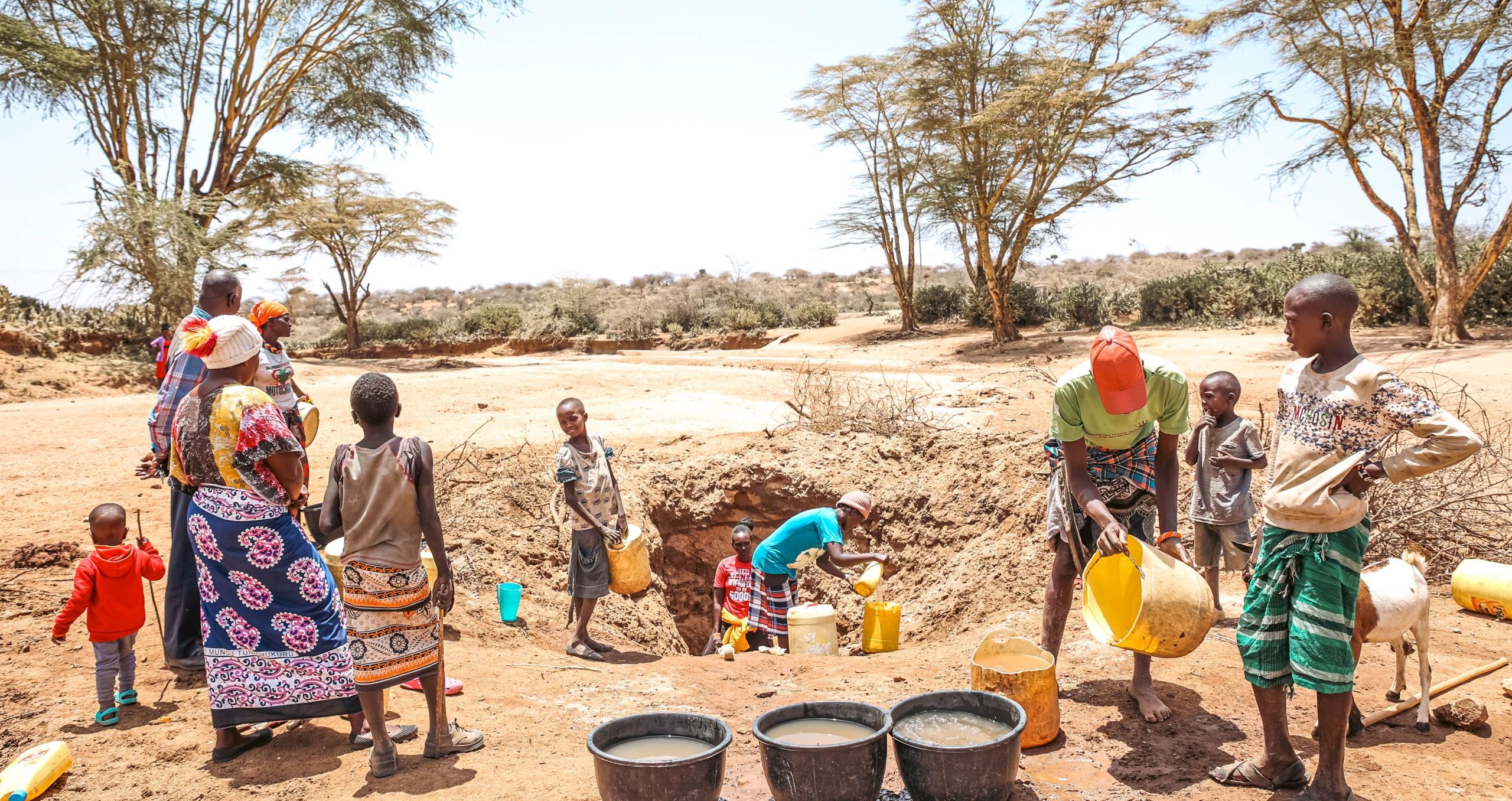
The Indigenous Movement for Peace Advancement and Conflict Transformation (IMPACT) in the Kenyan rangelands supports Indigenous Peoples in securing re...

In the Andean Cordillera, in the Futa Mawiza biocultural territory, an alliance of organizations dedicates its work to safeguarding the governance of ...